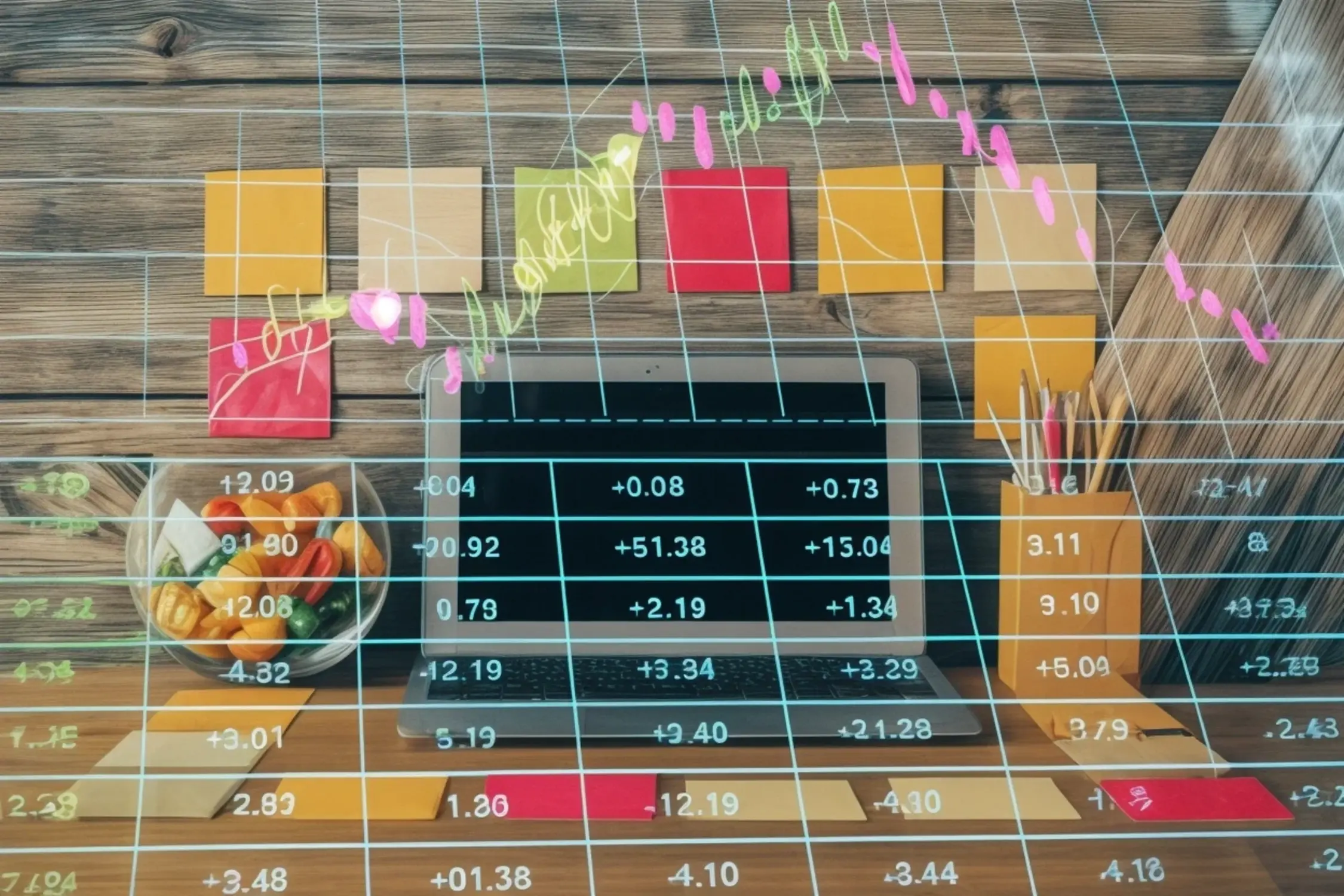How Retail Investors Are Using K-Shaped Recovery to Maximize Profits
In a dynamic retail economy, understanding the K-shaped recovery is crucial for investors looking to optimize their strategies. As sectors diverge, keen insights into financial trends can empower retail investors to capitalize on emerging opportunities.
Impact of K-Shaped Recovery on Investment Strategies
The K-shaped recovery is an economic phenomenon where different sectors of the economy recover at uneven rates after a recession. For retail investors, this divergence creates both challenges and opportunities. According to recent reports, some sectors, like e-commerce and technology, have thrived, while brick-and-mortar stores have struggled. This distinction emphasizes the need for investors to be selective and adaptable, focusing on those sectors showing signs of resilience.
For instance, the technology and home improvement sectors have reported robust growth during the pandemic recovery, with companies like Home Depot and Amazon posting earnings that surpassed expectations. Retail investors are recognizing these trends and are adjusting their portfolios accordingly, frequently reallocating investments to capitalize on high-growth areas. This proactive approach is essential for navigating the intricate landscape of the current market.
Navigating the Retail Economy Challenges
The K-shaped recovery highlights significant economic disparities affecting various sectors. Many traditional retail businesses are grappling with changes in consumer behavior, as shoppers increasingly favor online shopping. This shift has implications for investor sentiment and spending patterns, prompting many to re-evaluate their strategies.
Recent consumer confidence indexes indicate that while some areas experience rapid growth, others lag significantly. As consumers grow more discerning, investors must be keenly aware of how economic shifts impact their portfolios. Retail investors should analyze trends in consumer sentiment to identify sectors that might outperform the market. Companies that adapt to consumer needs, such as offering online services or enhancing customer experience, can provide strategies for profitable investment choices.
Current Financial Trends Affecting Retail Investors
Several financial trends are shaping the landscape for retail investors in a K-shaped recovery. Key statistics have emerged that showcase market performance variations among different sectors. For instance, companies in the tech sector have consistently outperformed others, leading to significant investment inflows into tech-driven businesses.
Moreover, the integration of technological advancements is influencing investment choices. Investors are now leveraging advanced analytical tools and platforms that provide real-time data on market performance. Understanding these trends allows investors to identify burgeoning sectors that demonstrate robust growth despite a volatile market. As the recovery continues, anticipating such trends becomes vital for fostering a successful investment strategy.
Essential Investing Strategies During Recovery
To thrive amid the K-shaped recovery, retail investors should tailor their investment portfolios to mitigate risks. One essential strategy is diversifying investments within high-growth sectors. By spreading investments across various categories—such as technology, healthcare, and consumer goods—investors can manage potential downturns effectively.
Another critical factor is the selection of innovative investment platforms. Many of these platforms offer features like automated trading and detailed market analytics, empowering investors to make informed decisions. During this recovery phase, leveraging these tools can significantly enhance an investor’s ability to navigate complexities in the retail market.

Understanding Consumer Behavior in a K-Shaped Environment
In a K-shaped recovery, consumer spending shows distinct patterns influenced by various factors, including economic shifts and social changes. Retail investors need to gain insights into these evolving behaviors. For example, discretionary spending has risen for home improvement and electronics as people adapt to a more work-from-home lifestyle.
Factors driving spending changes post-pandemic include increased remote work and shifts in societal norms. Retail investors responding to these trends can identify potential growth sectors. Understanding consumer behavior enables investors to preemptively adjust their portfolios to align with shifts in demand, thereby maximizing profitability.
Call to Action for Retail Investors
In light of ongoing economic changes, retail investors should reassess their investment strategies. It’s vital to remain proactive, engaging with continuous market dynamics and being adaptable to emergent trends. Resources such as insightful market analysis and investment tools are available for investors to enhance their decision-making process.
By staying informed and agile, retail investors can effectively navigate the K-shaped recovery and maximize their profit potential.










